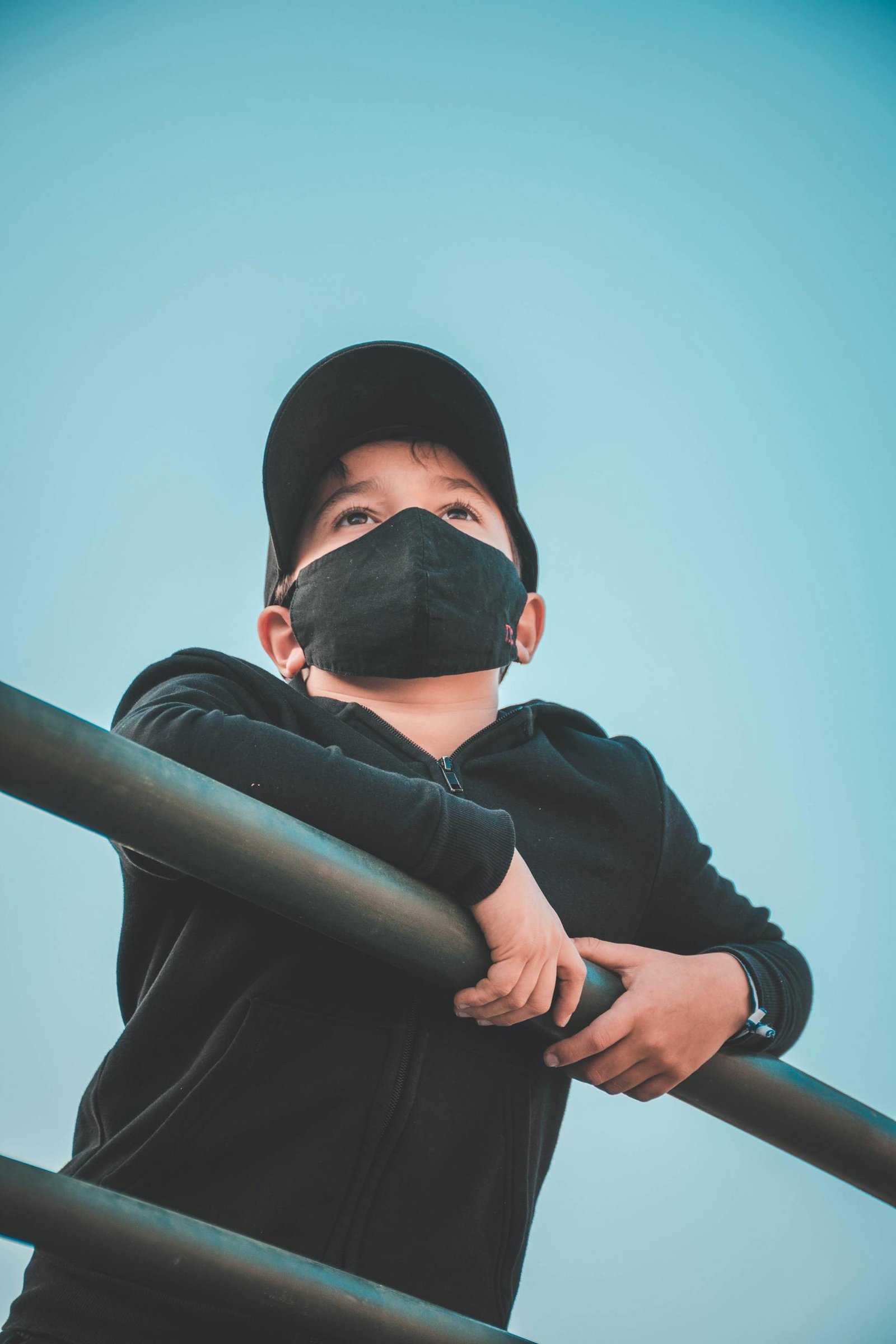Are you at risk of getting COVID in 2024?
At the point when specialists started concentrating on coronavirus after it became clear in 2020 that certain individuals don’t recuperate from Coronavirus immediately, some assessed that approximately 33% of individuals who got the infection experienced long-term side effects.
Yet, that was quite a while back, at an at once and vast emphases of Omicron, when many people had been contaminated once, if at any time. How has the gamble of contracting Long Coronavirus changed throughout the long term, as the infection has advanced and nearly everybody in the U.S. has received any available immunization shots, tainted, or both (once in a while many times over)?
Long COVID is becoming less of a threat over time, according to recent research. Yet, specialists say, there’s justification behind the alert.
The frequency of Long Coronavirus diminished consistently from 2020 to 2022, as per one review, which was distributed on July 17 in the New Britain Diary of Medication. Long haul COVID secondary effects happened a year sometime later in 5.3% of individuals in the survey who were vaccinated against the infection during the Delta time frame and 9.5% of individuals who were not immunized. Among individuals who ended up being wiped out during the Omicron period, those numbers dropped to 3.5% and 7.8%.
Those discoveries, in light of well-being records from very nearly 450,000 Division of Veterans Issues patients who got Coronavirus, are “uplifting news,” says concentrate co-creator Ziyad Al-Aly, a clinical disease transmission expert at the Washington College Institute of Medication in St. Louis. ” The gamble of Long Coronavirus after SARS-CoV-2 disease declined throughout the pandemic.”
Understand More: Why are COVID-19 cases increasing once more?
It’s difficult to tell from the review whether chance has kept on declining with every Omicron sub variant that has arisen beginning around 2022; however, Al-Aly says his hunch is that it has. According to the most recent estimate from the Census Bureau, approximately 5% of adults in the United States currently have Long COVID, down from more than 7% in the summer of 2022.
Immunization, which past exploration shows can safeguard against Long Coronavirus, is by all accounts a significant clarification for Long Coronavirus’ decay — a valid justification to keep current with shots as new ones emerge, Al-Aly says. He asserts that the evolution of the virus as well as advancements in medical treatment, such as the use of the antiviral Paxlovid, may have contributed.
One more late review, distributed July 11 in Correspondences Medication, proposes another conceivable variable. Since the majority of people have already contracted the disease, reinfections, which account for an increasing proportion of COVID-19 cases, may be less likely to result in Long-term COVID-19 than primary infections. Al-Aly’s group didn’t evaluate the impact of reinfection in their paper.)
After dissecting well-being records from around 3 million individuals remembered for Recuperate, the Public Organizations of Wellbeing’s (NIH) Long Coronavirus research project, the scientists tracked down that, in every period of the pandemic, Long Coronavirus was analyzed more habitually after first as opposed to second diseases. Specialists say nobody ought to excuse reinfections as innocuous. A possibility that has been discussed in prior research, including Al-Aly’s, was not directly addressed in this study: that the dangers of complexities including heart, lung, and mind harm might stack up with each extra contamination, whether somebody is determined to have Long Coronavirus.
Understand More: “All studies that explore risks of reinfection should be through the lens of cumulative risk,” declares David Putrino, who studies Long COVID at New York’s Mount Sinai health system but was not involved in either new study. COVID-cautious Americans feel abandoned. In addition, the authors point out that health records, which form the basis of both new studies, are imperfect data sources because they do not take into account the experiences of patients who do not seek medical attention or are not officially diagnosed with COVID-19.
In any event, while zeroing in on individuals who were formally determined to have Long Coronavirus, the new reinfections concentrate on still raises a few cautions, says Dr. David Goff, an individual from the NIH’s Recuperate oversight council. As far as he might be concerned, the key focus point isn’t that reinfections are more averse to result in Lengthy Coronavirus; it’s that certain individuals grow Long Coronavirus, even after second contaminations.
“Regardless of whether you accept that the gamble of growing Long Coronavirus is somewhat less after a reinfection than after introductory contamination, it’s still there,” Goff says. “There is no zero.”
Likewise, even in the most ideal situation in Al-Aly’s review — immunized grown-ups who contracted Coronavirus during the Omicron period — over 3% still wound up with Long Coronavirus, which means possibly a great many new cases at a public level.
The studies, taken as a whole, suggest that changes in the virus, population immunity, and medical care are decreasing, but not eliminating, the risk of long-term COVID-19. According to Akiko Iwasaki, a Yale School of Medicine immunobiology and Long COVID researcher who was not involved in either of the new studies, perspective and personal risk tolerance play a significant role in determining whether one chooses to focus on the good news or the bad news.
These findings may be interpreted as a cause for less anxiety. On the other hand, they should have been visible as confirmation that Long Coronavirus — while maybe not the danger it used to be — keeps on influencing new individuals constantly. “Iwasaki states, “I tend to be in the more cautious camp” because “I know how devastating Long COVID can be.”






